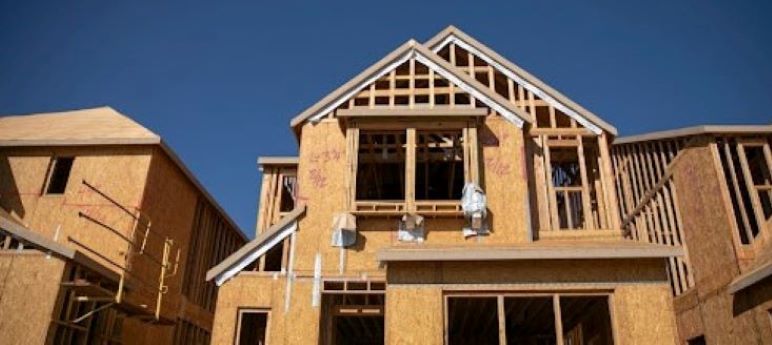It’s put up or shut up time for San Jose and dozens of cities across the Bay Area.
Last January, local governments across the region were required to submit “housing elements” to state regulators — future development blueprints that spell out how each jurisdiction intends to make room for its share of the more than 2.5 million new homes the Newsom administration wants to see built across California by the end of the decade.
One year later, on Jan. 31, many of those same jurisdictions are now required to turn key components of those blueprints into law.
That means re-inking their zoning maps, converting thousands of suburban-style tracts into apartment-ready parcels and proving to the state that they are, in fact, going to do what they said they would do to address California’s chronic housing shortage.
In San Jose, the city is facing double deadline pressure. The Bay Area’s largest city has yet to have its housing element certified by the state, though a draft is under review by the housing department.
With a final change to its zoning code, enacted with a unanimous early-evening vote by the council this week, city officials are hoping to convince state regulators to sign off on both plan and zoning maps before Jan. 31.
“It’s been a doozy this time,” said Michael Brilliot, deputy planning director for San Jose. On Tuesday, the San Jose City Council raced through a final round of zoning changes to beat the end-of-the-month deadline. Compared to past cycles, Brilliot said the city had to triple the number of employees tasked with planning San Jose’s housing future from two to six.
But even if the city is able to get everything squared away in time, there are more housing debates to come, said Brilliot.
Housing elements are more than just a list of sites ripe for development. They also include pledged policy changes for the coming years. San Jose has more than 130 of them in its draft proposal — and there are some biggies.
They include cutting local restrictions on infill development, allowing for taller and denser buildings if developers include affordable units and allowing small multifamily housing projects across most of the city’s traditionally suburban-style neighborhoods.
“When we come back down the road it’s going to be messy,” said Brilliot. “We’re going to have to have a conversation about revising the sacredness of single family zoning…This is just the beginning. There’s a lot of work to do.”
Whether Bay Area local governments comply — and how the state responds to those that don’t — could indicate just how seriously the Newsom administration takes its ambitious housing goals.
“This is kind of the test case,” said Will Sterling, a land use attorney with the San Francisco firm Holland & Knight, which regularly represents real estate interests in cases against development-averse cities. “It’s going to be interesting to see what (the state) does, how firm they are.”
Developers, attorneys, elected officials and housing advocates are watching closely because this is uncharted territory. For more than 50 years, California’s Department of Housing and Community Development has been setting eight-year planning goals for cities and counties, but only recently have state bureaucrats had the legal and political backing to drop the hammer of serious litigation and funding cuts on municipalities that don’t play along.
Suddenly, everyone is taking the once-obscure “Regional Housing Needs Allocation” process seriously.


Yes, it’s maybe another one-way, abuser to abused, “conversation” [sic].
So leads the road to New Tenements to please the ideologues and developers.
Please cut the government red tape so that we can build faster. Certain precautions are needed and cuttingedge while others have not worked out. I’m a local contractor and I have worked in multiple states and cities. It can be very difficult here. The housing need is great and we can responsibly build rapidly.